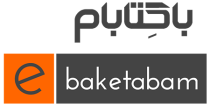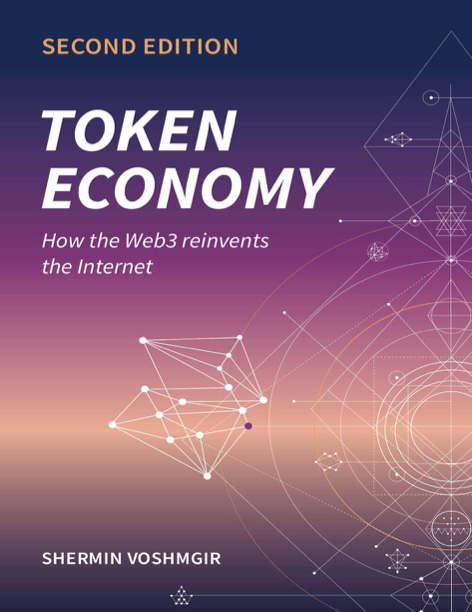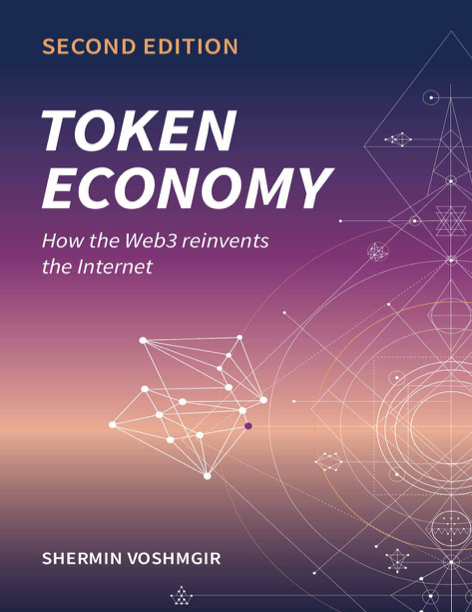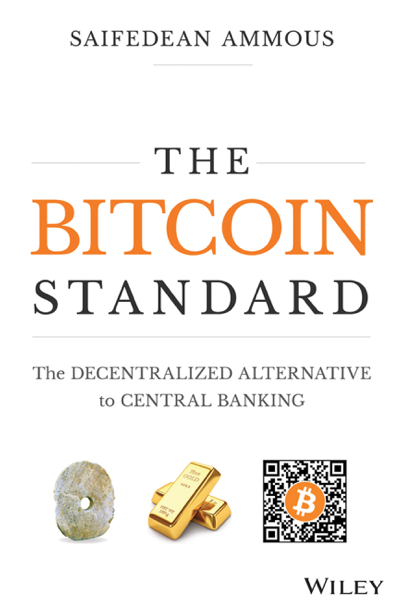Token Economy: How the Web3 reinvents the Internet | Shermin Voshmgir
![]()
![]()
Shermin Voshmgir Science & Technology Law Human-Computer Interaction Computer & Internet Law Money & Monetary Policy
- درباره کتاب
- بخشی از کتاب
- نظرات
This is the second edition of the book Token Economy originally published in June 2019. The basic structure of this second edition is the same as the first edition, with slightly updated content of existing chapters and four additional chapters: "User-Centric Identities," "Privacy Tokens," "Lending Tokens," and How to Design a Token System and more focus on the Web3. //Part one outlines the fundamental building blocks of the Web3, including the role of cryptography and user-centric digital identities. Part two explains Web3 applications like smart contracts, DAOs & tokens. The last two parts of the book focus on tokens as the atomic unit of the Web3, explaining the properties and functions of money and outlining the emerging field of decentralized finance (DeFi) that might power a potential future digital barter economy. Use cases such as asset tokens, purpose driven tokens, BAT (Basic Attention Token), social media tokens (Steemit, Hive and Reddit), privacy tokens, and stable tokens are explored, including the role of CBDCs (Central Bank Digital Currencies) and Facebook's Libra.//Tokens - often referred to as cryptocurrencies - can represent anything from an asset to an access right, such as gold, diamonds, a fraction of a Picasso painting or an entry ticket to a concert. Tokens could also be used to reward social media contributions, incentivize the reduction of CO2 emissions, or even ones attention for watching an ad. While it has become easy to create a token, which is collectively managed by a public Web3 infrastructure like a blockchain network, the understanding of how to apply these tokens is still vague. This book attempts to summarize existing knowledge about blockchain networks and other distributed ledgers as the backbone of the Web3, and contextualize the socio-economic implications of the Web3 applications such as smart contracts, tokens, and DAOs to the concepts of money, economics, governance and decentralized finance (DeFi).//The industry keeps referring to “Blockchain” as different from “Bitcoin,” creating an artificial divide that is often misleading. There seems to be too little understanding about the fact that Bitcoin is a blockchain network, which is (a) globally managed by people who mostly do not know each other, and (b) enabled by the consensus protocol that (c) incentivizes all network actors for their contributions with a native token. The governance rules are tied to the minting of a native blockchain token. The Bitcoin token can, therefore, be seen as the currency of a distributed Internet tribe, called the Bitcoin network, where network actors are rewarded with Bitcoins, just as the Ether is the currency of the distributed Internet tribe Ethereum network, or Sia is the native currency of the Sia network. The Bitcoin network and other distributed ledgers all represent a collectively maintained public infrastructure and are the backbone of the next generation Internet, what the crypto community refers to as the Web3.
Editorial Reviews
About the Author
Shermin Voshmgir is the director of the Research Institute for Cryptoeconomics at the Vienna University of Economics, and the founder of BlockchainHub in Berlin. In the past, she was a curator of "The DAO", and advisor to various startups like Jolocom, Wunder and the Estonian E-residency program. In addition to her studies at the Vienna University of Economics, she studied film and drama in Madrid. Her past work experience ranges from Internet startups, research & art. She is Austrian, with Iranian roots, and lives between Vienna and Berlin. --This text refers to an out of print or unavailable edition of this title.










هنوز نظری ثبت نشده
اولین نفری باشید که نظر میدهید
ثبت نظر